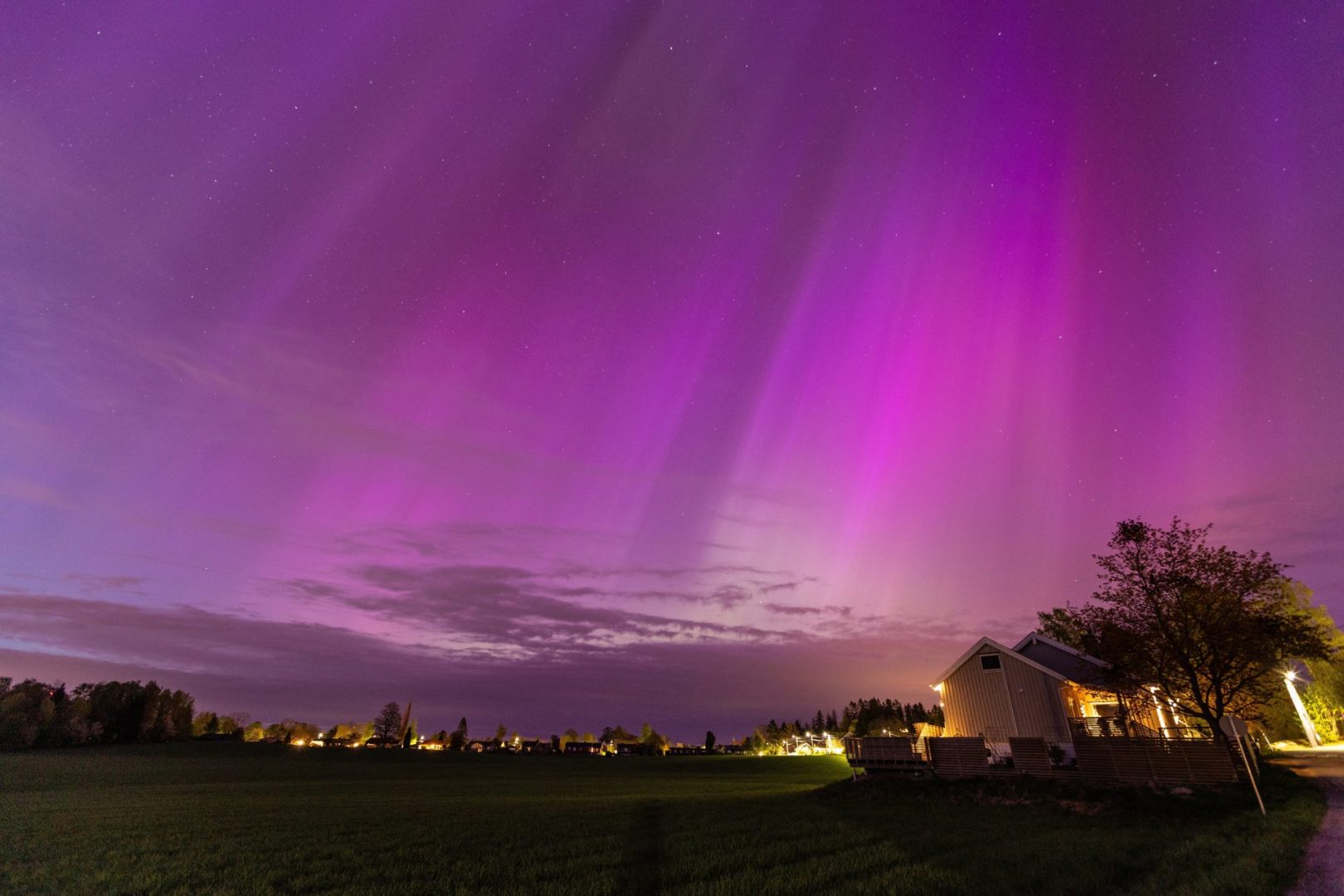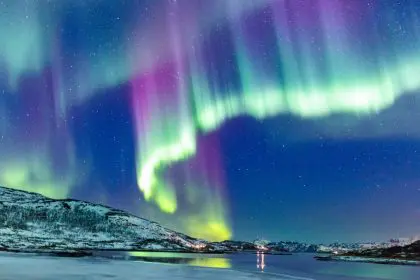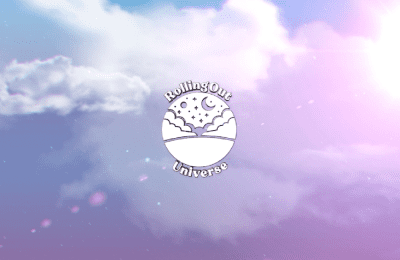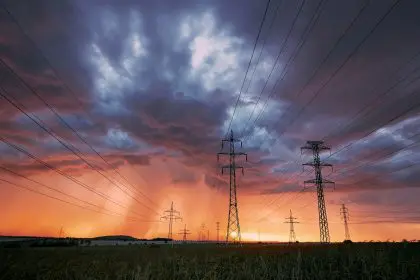Sky watchers across America are preparing for what could be one of the most spectacular aurora displays of the year, as federal weather officials issue an expanded Northern Lights forecast covering an impressive stretch of the northern United States. The National Oceanic and Atmospheric Administration’s Space Weather Prediction Center has released an updated forecast indicating that residents in 14 states may witness the mesmerizing dance of the aurora borealis during the overnight hours of Tuesday, June 24, and Wednesday, June 25.
This celestial event promises to deliver a truly remarkable experience for those fortunate enough to witness nature’s most captivating light show. The enhanced aurora activity stems from a moderate geomagnetic storm that meteorologists are tracking as it approaches Earth’s atmosphere, creating optimal conditions for the Northern Lights to extend far beyond their typical Arctic boundaries.
Solar activity reaches impressive heights this week
The current geomagnetic disturbance measures at G2 level on the standardized scale that ranges from G1 to G5, representing a moderate but significant storm capable of producing visible aurora displays across much of the northern United States. Weather prediction specialists have calculated that the Kp index, which serves as the primary measurement tool for aurora intensity and geographic reach, could climb to level 5 during peak activity periods.
This heightened solar activity originates from a substantial atmospheric opening on the sun’s surface, currently rotating toward Earth’s direction. This solar phenomenon, known as a coronal hole, generates powerful streams of charged particles that travel through space at incredible velocities. As these solar wind streams approach our planet, they interact with Earth’s protective magnetic field in ways that create the spectacular light displays we recognize as the Northern Lights.
Space weather monitoring systems have detected this incoming solar wind stream as it races toward Earth at speeds that will likely trigger enhanced geomagnetic conditions. The timing of this solar event coincides perfectly with favorable viewing conditions across large portions of the northern United States, creating an exceptional opportunity for aurora photography and observation.
Geographic coverage spans impressive territory across northern states
The projected viewing area for this aurora event encompasses an extensive geographic region, with 14 states positioned within the potential visibility zone. Northern portions of Washington state lead the western boundary of the viewing area, where residents along the Canadian border stand the best chances of witnessing the aurora display. Moving eastward, northern Idaho presents excellent viewing opportunities, particularly in areas removed from urban light pollution.
Montana residents across the entire state may experience varying degrees of aurora visibility, with the most dramatic displays expected in the state’s northern counties. Wyoming’s northern regions also fall within the forecast area, though viewers should focus their attention on the northern horizon for optimal sighting opportunities.
The upper Midwest presents some of the most promising viewing conditions, with North Dakota and South Dakota positioned favorably for widespread aurora visibility. Minnesota’s extensive northern territory offers excellent prospects for aurora watchers, while Wisconsin residents, particularly those in the state’s northern counties, should prepare for potentially spectacular displays.
Michigan’s upper peninsula and northern lower peninsula regions fall squarely within the forecast zone, providing residents with outstanding opportunities to witness this natural phenomenon. Iowa’s northern counties represent the southern edge of the primary viewing area, where aurora displays may appear as a subtle glow along the northern horizon.
The northeastern United States completes the coverage area, with New York’s northern regions, including the Adirondack Mountains and areas near the Canadian border, offering prime viewing locations. Vermont’s mountainous terrain provides excellent vantage points for aurora observation, while New Hampshire’s northern counties should experience varying degrees of visibility.
Maine rounds out the eastern boundary of the forecast area, where residents along the state’s northern border with Canada may witness some of the most impressive displays of the entire event.
Optimal viewing strategies and timing considerations
Successfully observing the Northern Lights requires careful attention to timing, location selection, and environmental conditions. The most critical factor involves positioning oneself away from urban areas where artificial lighting can significantly diminish aurora visibility. Rural locations with minimal light pollution provide the clearest views of these ethereal displays.
Advanced satellite monitoring systems play a crucial role in predicting the precise timing of aurora appearances. NASA’s Deep Space Climate Observatory and Advanced Composition Explorer satellites maintain constant surveillance of solar wind conditions from their strategic positions approximately one million miles from Earth. These sophisticated monitoring stations provide approximately 30 minutes of advance warning when solar wind conditions align for aurora visibility.
Real-time forecasting resources offer aurora enthusiasts the most current information available. The Space Weather Prediction Center maintains an updated 30-minute forecast that reflects the latest satellite data and atmospheric conditions. Mobile applications designed specifically for aurora tracking provide convenient access to these forecasts, allowing viewers to time their observations precisely.
Weather conditions significantly impact aurora visibility, making clear skies essential for optimal viewing experiences. Cloud cover can completely obscure aurora displays, regardless of their intensity. Prospective viewers should monitor local weather forecasts carefully and be prepared to travel to areas with clearer conditions if necessary.
Scientific explanation behind the aurora phenomenon
The Northern Lights represent one of nature’s most complex and beautiful phenomena, resulting from intricate interactions between solar radiation and Earth’s magnetic field. The process begins with the solar wind, a continuous stream of electrically charged particles flowing outward from the sun’s corona at speeds exceeding one million miles per hour.
When these charged particles encounter Earth’s magnetosphere, the planet’s protective magnetic field deflects the majority of incoming solar radiation. However, some particles manage to penetrate this magnetic barrier, particularly during periods of enhanced solar activity. These particles follow the magnetic field lines toward the polar regions, where they eventually collide with atmospheric gases.
The collision process occurs primarily in the thermosphere, approximately 50 to 400 miles above Earth’s surface. When solar particles strike oxygen atoms, they produce the characteristic green and red colors associated with aurora displays. Nitrogen interactions generate blue and purple hues, creating the full spectrum of colors that make aurora displays so visually stunning.
The intensity and geographic extent of aurora displays depend directly on the strength of incoming solar wind. During minor geomagnetic storms, aurora typically remain confined to high-latitude regions near the Arctic Circle. However, moderate to strong storms can push aurora visibility much farther south, creating opportunities for observers across the northern United States.
Extended forecast and future aurora opportunities
Current solar activity patterns suggest that aurora displays will continue occurring with increased frequency through 2025 and 2026. The sun operates on an approximately 11-year cycle of magnetic activity, and we are currently experiencing the solar maximum phase, characterized by heightened solar storm activity and increased aurora potential.
This extended period of enhanced solar activity means that aurora enthusiasts can expect multiple viewing opportunities over the coming months. Geomagnetic storms of varying intensities will likely produce aurora displays visible across different portions of the northern United States, providing numerous chances for successful observation.
Space weather forecasters continue monitoring solar conditions closely, ready to issue updated predictions as new solar events develop. The combination of advanced satellite monitoring and improved forecasting capabilities means that aurora watchers receive more accurate and timely information than ever before.
For those planning to venture out tonight, remember that patience and preparation are essential components of successful aurora observation. The celestial show may begin subtly before building to more dramatic displays, rewarding those who maintain their vigil throughout the evening hours.











